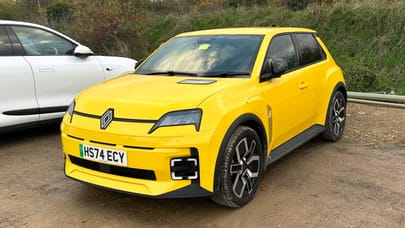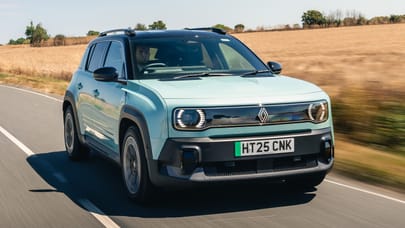
What are electrostatic speakers? And are they the next big thing in the world of car audio?
Great for sound quality, but how they can be packaged into cars is what makes them interesting
Car hi-fi speakers are heavy, bulky and wasteful of power. Packaging the speakers in the doors or dash is a headache. So is getting rid of the heat they generate.
Now imagine a speaker that isn’t a cone, but a simple ultralight thin film. Instead of that heavy cone with its attached magnet vibrating back and forth, the whole film vibrates under electrostatic force that changes at the frequency of the music.
Electrostatic speakers have been a cult among hi-fi boffins for decades, because of their natural uncoloured sound. But they are new in cars.
High-end ESL headphone maker Warwick Acoustics has been in the R&D phase for car systems for years, and says it will be offered in a production car this year.
One of the breakthroughs is shrinking the panels. Increasing the electrostatic charge and containing it between the stator plates that sit at a 1mm gap either side of the vibrating membrane. Material science has enabled this. That means the sound level rises hugely per area of panel.
Large flat panels would normally be just as hard to fit into car trim as deep cones. But new smaller panels are thin enough to lie behind curved door and dash panels, or the roofliner, or even in head restraints. The possibilities for packaging and stereo imaging are hugely exciting.
They’re good for efficiency too. A big conventional audio system can draw nearly 1kW. Imagine a big battery EV averaging 40mph and 3mpkWh – not untypical – then the audio has wasted about 20 miles of potential range. It’s worse in summer because the waste energy is heat radiated from the speakers, so you might have to run the aircon harder. The ESL uses less than one fifth of that energy.
There’s also a significant manufacturing imprint. Conventional magnetic speakers contain a lot of environmentally damaging rare earth metals including neodymium and dysprosium. Even in an electric car with rare earth magnets in its motors, the hi-fi can account for 30 per cent of all the rare earths in the car.
While home ESLs have always been crushingly expensive, Warwick Acoustics says the new installations will be priced on par with, say, the high-end optional car systems such as Burmester.
Top Gear
Newsletter
Thank you for subscribing to our newsletter. Look out for your regular round-up of news, reviews and offers in your inbox.
Get all the latest news, reviews and exclusives, direct to your inbox.








